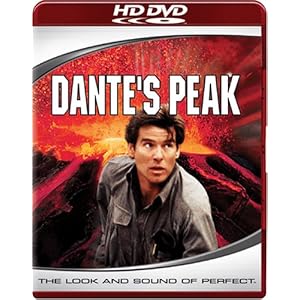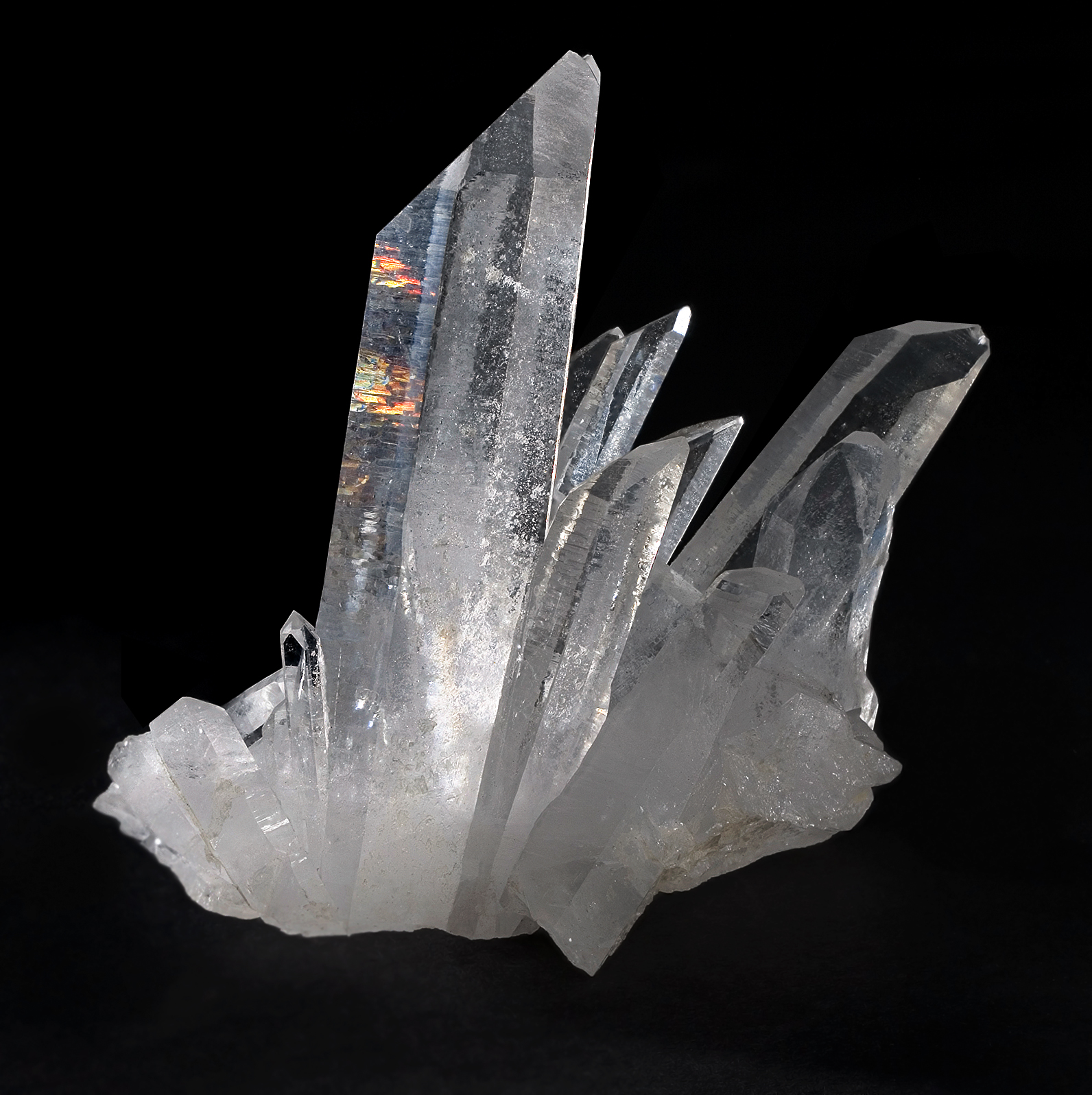Hello Everyone!
Exams are over and it is time to get back to the grindstone, just as well we are starting back on one of my favourite areas of study in Earth Sciences which is if course, volcanology. Thinking of volcanology and volcanologists summons up images of Pierce Brosnan in Dantes Peak (Essential geography viewing in terms of spot the errors - clue - you cant drive over lava flows!) and wild majestic peaks covered in snow, well, perhaps only if you are me, as you may have gathered i love volcanoes! (Be warned Icelandic Field trippers, ask me a question and I will talk for hours!).
In reality, understanding and appreciating this particular branch of science hinges on one thing, silica. It controls the nature of the explosion, the shape of the volcano and the produces/hazards, and itself is controlled by plate tectonics. Silica makes volcanoes sticky, explosive and violent, whereas a low silica diet produces runny, flat and effusive gassy volcanoes (they do not trap gas, it escapes easily therefore gas is a hazard).
Silica in its purest form forms quartz, a crystal you have probably seen plenty of times before
Why is silica so important? It traps gas, it melts at low temperatures, is the last thing to solidify out of the melt. Translated into geography talk, the low melting point means that at convergent boundaries, volcanoes above the subduction zone will always be more silicic for two reasons:
1) The sub ducting plate melts, and the lowest temperature forming minerals, melt at the lowest temperatures, this happens to be silica, so the pluton of melt that is released from the melting plate will be enriched in silica, it rises as soon as there is enough melt as it is hotter , and lighter than the surrounding semi- solid mantle.
2) as the pluton rises, it cools, loosing heat to its surroundings, what this means is that the higher temperature forming minerals form a solid mass as the melt cools past their crystallisation temperatures, and being solid they are heavier and sink to the bottom, thus leaving the remaining molten rock enriched in silica
This is why, the most destructive eruptions are always found on convergent margins, and the worst are found when magma rises through the full thickness of a mountain chain. Therefore we can easily identify that continent/ocean convergence zones are the most explosive.
This does not mean that they are the worst volcanoes for people, there are plenty of big acidic eruptions that don't affect us in any way, you need to remember that a risk only becomes a hazard when people are potentially affected, these are the ones such as Sarychev and Shiveluch on the Kamchatka Peninsula (My favourite choice for my next holiday location), Sarychev erupted last year and the images were captured in this spectacular video of the eruption column by satellites:
The Kamchatka Peninsular is sparsely populated, with few major cities and the worlds highest concentration of active volcanoes, most of which are explosive, and the notorious "Valley of Death" a region with a heavy concentration of fumaroles and minor forms of extrusive activity which leads to a near total absence of oxygen in the first metre above ground level, and high concentrations of Carbon Dioxide and Hydrogen Sulphide. Hence, although these are some nasty volcanoes, they pose little risk, and certainly none that cannot be managed by diverting flight paths away from the ash clouds.
That is not to say that our basaltic volcanoes are the most dangerous, indeed quite often they present a significant opportunity for tourism and research, and can bring in many millions a year to an area, in fact Mt St Helens now brings in the vast majority of the Cowlitz and Skamania Countries $105 million per year, with over three million visitors to the National Park every year.
Some Basaltic volcanoes have claimed more lived and done more damage than their more explosive but less frequent sister eruptions. Basic volcanoes may be prettier, with bright glowing lava, but lava can travel for several tens of kilometers from the vent, release far more gas, which could be a more deadly hazard (ie Lake Nyos - Invisible and Odourless).
So, does the difference in impact come down to money? Well, at least in part yes, but there are significant other factors. Disasters that happen during rush hour, or the middle of the night tend to be more deadly, those that occur in cities will always have more of a demographic impact, those that occur in agricultural regions such as Armero will have a wider social implication as the food supply could be affected. Those that have the potential to affect the water supply, either through contamination by decay or pollution, will cause a widespread and possibly ongoing disaster. So in fact, hazards potentially could cause similar levels of destruction, however, the financial impact tends to be more significant in developed countries whereas the social impacts are more significant where money has not allowed hazard planning and mitigation strategies to develop.
The final element for discussion, is whether or not the primary or the secondary impacts are worse, and whether the relationship changes from MDC to LDC? Certainly secondary impacts are harder to address in LDC's. as the three basic necessities are harder to come by (food/shelter/water), and recovery is often slowed by the requirement for aid rather than the country having the financial means to recover independently.
This debate forms the basis for many of the A2 questions, there is no right or wrong, the marks come from discussion and debate around the issues, and the careful use of appropriate case studies. Case studies do not have to be in a lot of detail, hence the need for you two know two eruptions well and anecdotal evidence for a fair few more.
Finally, some of you have been asking about the background picture on my blog, it is in fact a giant natural smoke ring produced by Etna, one of the few volcanoes known to puff giant perfect circles like these:
Don't ask me how or why, it just does and it is fascinating, Stromboli has done it as well, there were a couple in Iceland last year, but they have always struck me as rather fabulous!
See you tomorrow
Millie



No comments:
Post a Comment